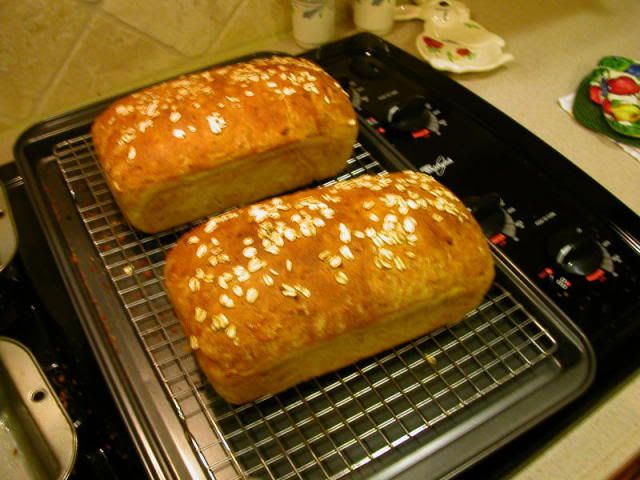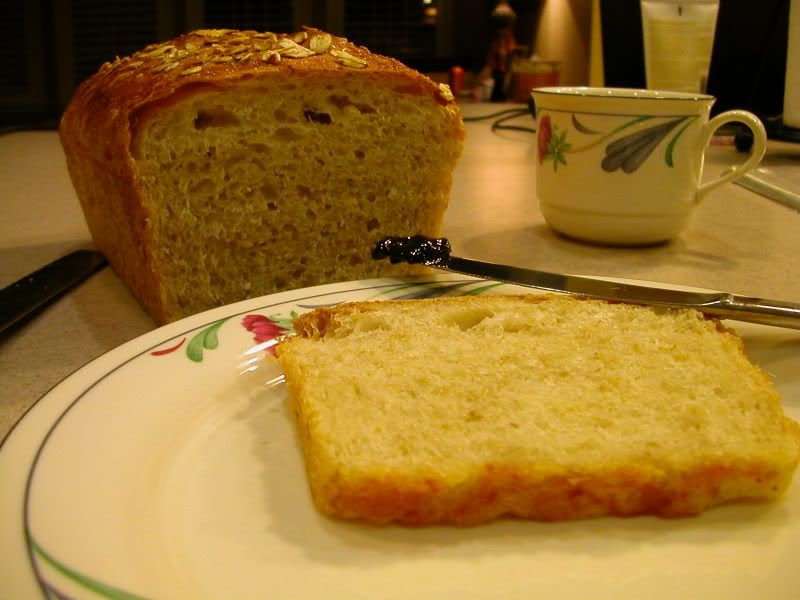I seldom post bread photos
I am not much of a photographer and well, I am never exactly "happy" with anything I bake. I can always outline the flaws or specific things that could stand some improvement.
But I decided to show this week's bake - come what may - and here are the results:
Batch 1: Baguettes
- Log in or register to post comments
- 6 comments
- View post
- proth5's Blog


